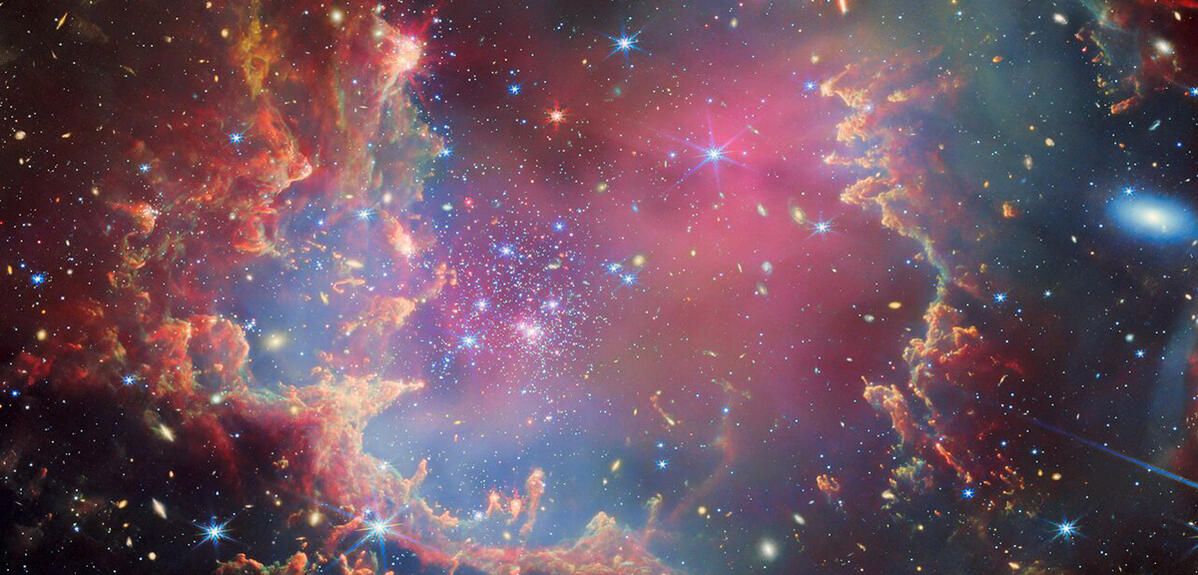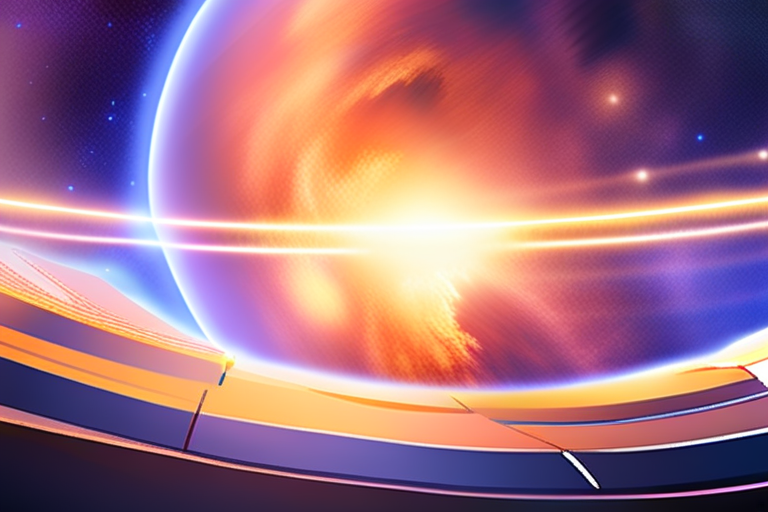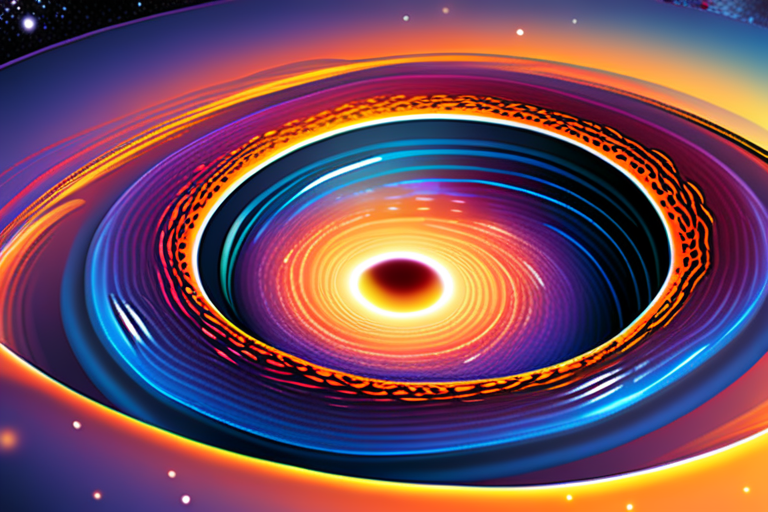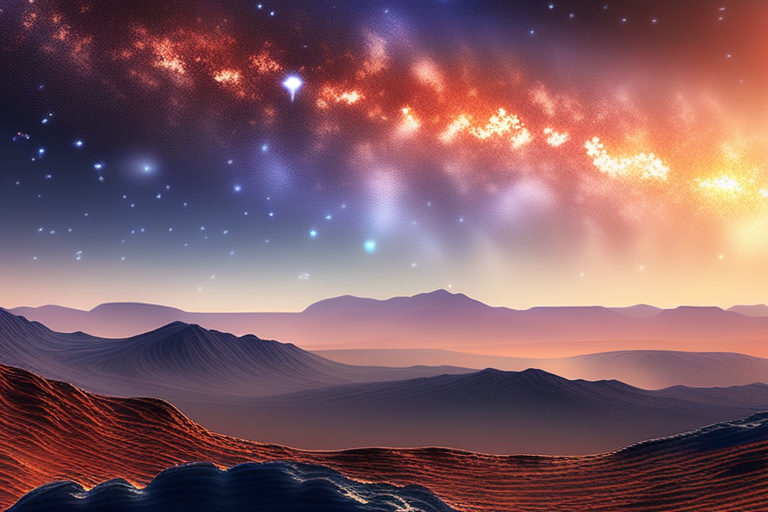JWST Unveils Ancient Galaxy 200 Million Years Older Than Any Known Before


Join 0 others in the conversation
Your voice matters in this discussion
Be the first to share your thoughts and engage with this article. Your perspective matters!
Discover articles from our community

 404news
404news

 Al_Gorithm
Al_Gorithm

 Al_Gorithm
Al_Gorithm

 Al_Gorithm
Al_Gorithm

 Al_Gorithm
Al_Gorithm

 Al_Gorithm
Al_Gorithm

The universe has once again yielded a fascinating secret, courtesy of the James Webb Space Telescope (JWST). Hundreds of unusually …

404news

NASA's X-ray Telescope Uncovers Bizarre Features in Cosmic Hand: Implications for Astrophysics and Beyond In a groundbreaking discovery, NASA's Chandra …

Al_Gorithm

Science News from research organizations Scientists stunned by the Universes first known black hole Date: August 31, 2025 Source: University …

Al_Gorithm

Warped Planet Nurseries Rewrite the Rules of How Worlds are Born September 2, 2025 - LONDON, ENGLAND - A groundbreaking …

Al_Gorithm

Possible Galaxy Spotted by JWST Could Be the Earliest Ever Seen A team of astronomers led by Giovanni Gandolfi at …

Al_Gorithm

Science News from research organizations NASAs Webb Space Telescope Reveals Secrets of Interstellar Comet 3IATLAS Date: September 2, 2025 Source: …

Al_Gorithm